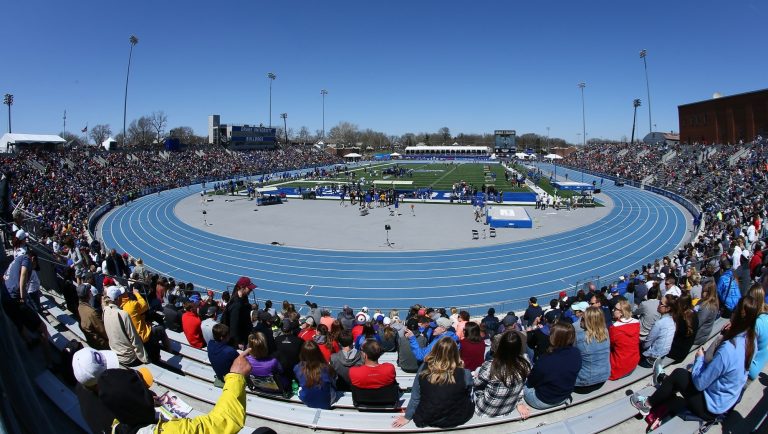Boone, IA –The Iowa High School Athletic Association’s Board of Control voted to approve
recommendations to adjust classification sizes for the 2018 and 2019 football seasons at Wednesday’s
monthly meeting in Boone.
Using recommendations made by the IHSAA’s Classification Committee last month, the Board
unanimously agreed to decrease the current number of schools in Classes 4A, 3A, 2A, and 1A, and raise
the enrollment cap for 8-Player programs.
“The classification committee comes in every other year and encompasses superintendents, principals
and athletic directors from public and non-public schools along with schools with broad ranging
enrollments. Their thoughtfulness and careful examination of the landscape of football in the state of
Iowa lead to these recommendations,” said Todd Tharp, assistant director and football administrator for
the IHSAA.
The changes will be implemented during the 2018-19 redistricting cycle. Based on six priorities
established by the Classification Committee, class sizes are as follows: the top 42 schools according to
the 2017-18 BEDS document will be in 4A, the next 54 schools in 3A, the next 54 schools in 2A, the next
54 schools in 1A, and the remainder of 11-player schools in A.
In the 2016-17 cycle, 4A had 48 schools and the planned sizes of 3A, 2A, and 1A included 56 schools.
The enrollment cap for schools to participate in 8-Player has been raised from 115 to 120 students, per
the 2017-18 BEDS listing. There is still no minimum enrollment requirement for 11-player football.
These recommendations were made and approved with six priorities in mind, meant to benefit IHSAA
football classifications for the next two years and in the future.
1. Improve competitive balance. The potential for more non-district games allows schools to schedule
similarly competitive opponents.
2. Revitalize rivalry games. An opportunity to play more non-class and non-district games means
traditional rivalries between schools and communities may stay on the schedule.
3. Reduce non-district travel. Close proximity can increase attendance for home teams and limit travel
expenses for road teams and their fans.
4. Potentially increase participation at all levels. More selective schedules may help slow the flow of
underclassmen taking the field early in district contests, which can offer a safety and motivational
benefit.
5. Trim enrollment gap in Class 4A. Addresses the trend of the state’s largest schools continuing to grow
at faster rates than other districts.
6. Maintain six classes for at least two more years. Changes were made to the classification structure,
but five 11-player classes and one 8-player class will exist for another redistricting cycle.
The Board of Control agreed with the Classification Committee’s assessment that these adjustments
would allow the IHSAA and their member schools to address their priorities before planning the next
two football seasons, while also monitoring movement and interest at the A and 8-Player levels.
“These changes in classifications will allow schools to continue to evaluate their respective football
programs and try and define what needs best fit their program,” Tharp said. “For some programs, the
aspect of potentially playing more non-district opponents may lead to creating a more balanced
schedule for them, potentially increasing student participation as schools, while others may attempt to
challenge themselves with more competitive non-district games.”
The determination of districts per class and postseason qualifying methodology was not made by the
Board or the Committee. The decision will be made in conjunction with the Iowa Football Coaches
Association executive board, the Iowa High School Athletic Directors Association, and the IHSAA, with
final recommendations coming from the football advisory committee after district football meetings are
held.
“There will be opportunities to evaluate the number of districts and teams in a district,” Tharp said.
“Obviously, with 54 teams in Classes 3A, 2A, and 1A, six-team districts will provide for a re-evaluation of
the qualifying system and looking at other analytics to determine the qualification system.”
Also affected by the change to the 8-Player enrollment cap: Exceptions for schools attempting to classify
for 8-Player football. The Board previously approved two exceptions for schools whose enrollments rose
above 115 through the BEDS document. Only Exception No. 1 was kept through voting Wednesday, with
the Classification Committee recommending its retention due to the cost of configuring football fields
for the 8-Player game.
The first exception, as written: “An 8-Player football school whose current enrollment is 115 or less, and
whose enrollment increases above 115 following the 2017 season, will be allowed 8-Player football
status for an additional 2 years.”








